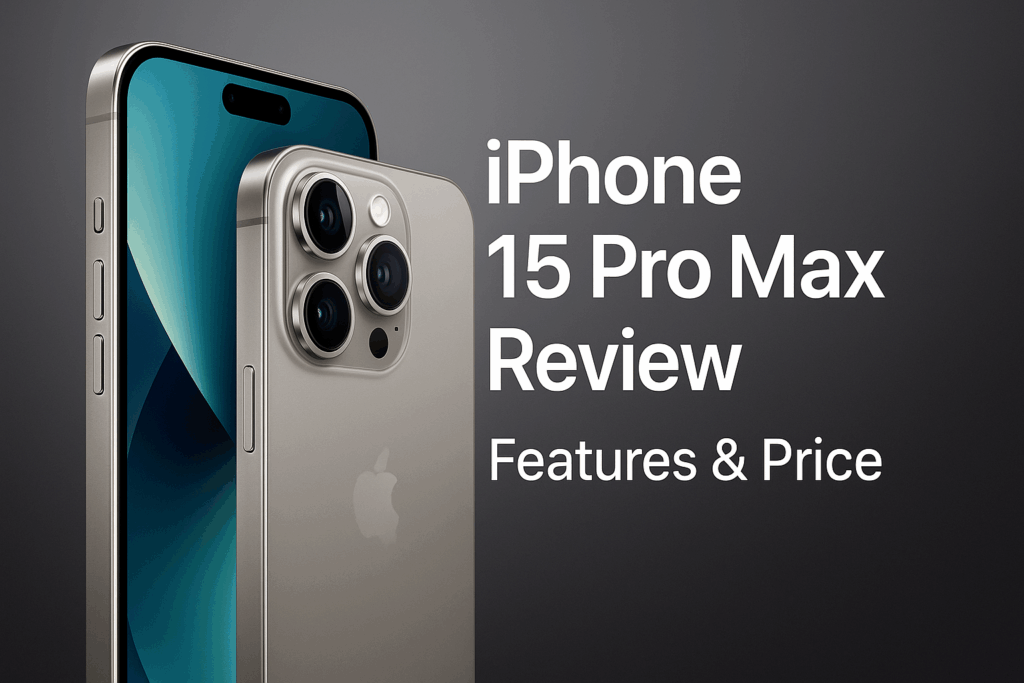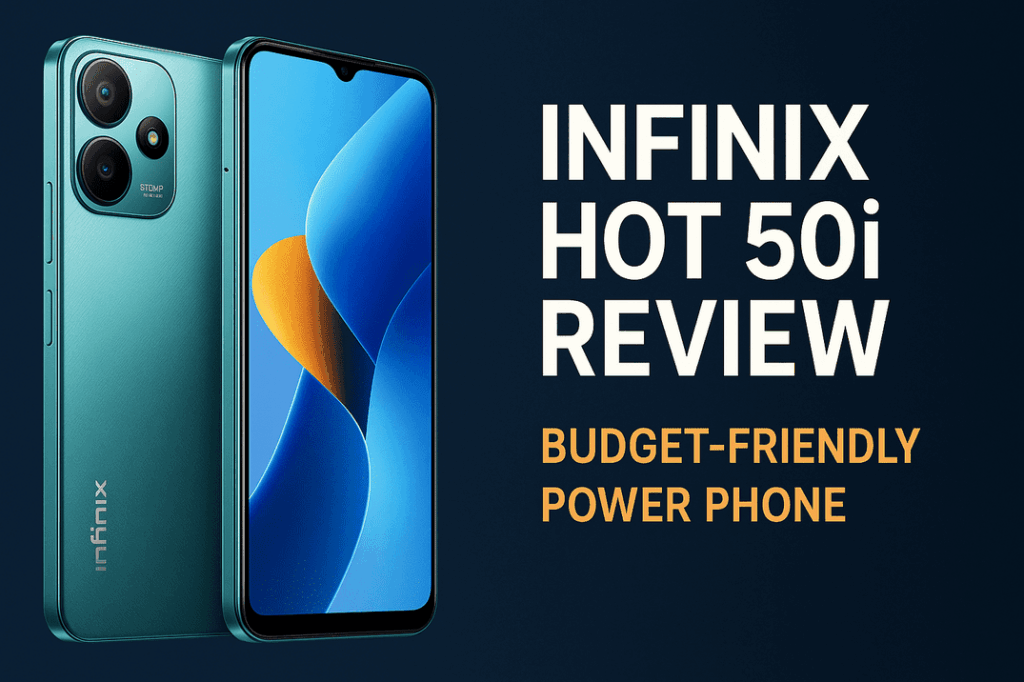Picture this: you’re driving on the Lagos-Ibadan expressway, somewhere between towns, and your car sputters to a halt. You look at your phone. Zero bars. No signal from MTN, none from Glo, not a whisper from Airtel. Or perhaps you’re visiting your family’s village for the holidays, a place where the mobile network is a game of chance, appearing and disappearing with the weather. In these moments, our powerful, expensive smartphones can suddenly feel like little more than useless bricks. We are completely disconnected, isolated by the simple absence of a nearby cell tower. This is an age-old problem, but in 2025, the tech industry is offering a futuristic solution: direct-to-satellite connectivity in your smartphone.
This once science-fiction feature is now a reality in the latest flagship phones from Apple, Samsung, and other major brands. The promise is incredibly alluring: the ability to send a message from anywhere on the surface of the Earth, whether you’re in the middle of a bustling city or a remote, off-grid location. But this revolutionary technology often comes at a cost, typically in the form of a monthly subscription after an initial free period. This raises the critical question for every savvy consumer in Nigeria: Is satellite connectivity an essential safety feature worth your hard-earned Naira, or is it an expensive gimmick you’ll likely never use? It’s time for a practical, no-nonsense breakdown.
What is Satellite Connectivity on a Smartphone? (And What It Isn’t)
First, it’s crucial to manage expectations and understand what this technology actually does in its 2025 implementation. This is not the super-fast satellite internet that services like Starlink provide for homes. You will not be Browse Instagram or watching YouTube videos via satellite on your phone.
At its core, satellite connectivity in a mainstream smartphone is a low-bandwidth, emergency-focused communication system. Your phone is equipped with highly specialized antennas and a modem that, when no cellular or Wi-Fi signals are available, can establish a direct, weak connection with Low Earth Orbit (LEO) satellites flying hundreds of kilometers overhead. Due to the immense distance and the tiny size of your phone’s antenna, the bandwidth is extremely limited. In its current form, this technology is designed primarily for three things:
- Emergency SOS: This is the headline feature. If you are in a serious situation (e.g., a medical emergency, a car crash) with no signal, you can activate an SOS feature. Your phone will compress a message with your vital information and your precise GPS coordinates and send it via satellite to an emergency response center.
- Two-Way Text Messaging: Beyond just SOS, these systems allow you to send and receive short, compressed text messages through a dedicated app. It’s not as fast or fluid as WhatsApp, but it allows for basic communication when all other options fail.
- Location Sharing: Some services allow you to broadcast your location via satellite to a pre-selected contact, allowing them to track your journey through a remote area for peace of mind.
To be crystal clear, this technology is **NOT** for making regular voice calls, sending photos, Browse the web, or any other data-intensive task. It is a lifeline, not an internet replacement. Think of it as a modern, digital version of sending a message in a bottle, but with a satellite ensuring it gets to the right person.
The “Pros”: Game-Changing Use Cases Where It Shines
While the functionality is limited, in the right situations, it is nothing short of game-changing. These are the scenarios where satellite connectivity proves its immense worth.
1. The Ultimate Safety Net (Emergency SOS)
This is the primary and most powerful argument for the technology. Imagine breaking down on a remote stretch of the Ore-Benin road at night, far from any town and with no cellular signal. What would normally be a dangerous and terrifying situation can be managed. With satellite connectivity, you can trigger an SOS, and emergency services will know your exact location. For anyone who travels long distances by road in Nigeria, this feature transforms the phone from a communication device into a serious piece of safety equipment. The peace of mind this offers is immense.
2. Staying Connected “Up-Country”
Many Nigerians maintain strong ties to their family homes and villages, often located in rural areas where mobile network coverage can be unreliable or completely non-existent. A common source of anxiety is the “communication blackout” during travel or upon arrival. Satellite messaging solves this perfectly. You can send a simple, crucial text to your family in the city: “Arrived safely in the village,” “Journey is fine, will be there in 2 hours,” or “Car trouble, but we are okay.” This ability to maintain a basic, essential communication link provides invaluable peace of mind for both the traveler and their loved ones.
3. An Essential Tool for Remote Professionals
For a growing number of professionals in Nigeria, work isn’t confined to an office in Victoria Island. Think of an agricultural manager overseeing a large farm in a rural state, a geologist surveying a potential mining site, an aid worker in a remote community, or a construction engineer on a project far from urban centers. For these individuals, satellite connectivity is not a luxury; it’s a vital professional tool. It allows for critical, brief communication for daily check-ins, reporting of urgent issues, or confirming logistics, ensuring that they are never truly out of reach.
The “Cons”: The Practical Hurdles and Costs
The benefits are clear, but they come with significant costs and practical limitations that must be carefully considered before you decide to pay for a subscription.
1. The Subscription Cost: The Biggest Hurdle
Most manufacturers offer an initial free trial period for their satellite services, typically one or two years. After that, you have to pay. As of 2025, these subscription plans are still quite expensive, often ranging from **₦10,000 to ₦15,000 per month**, or even more, depending on the number of messages you want to send. This is a significant ongoing cost. You must ask yourself a brutally honest question: “How often will I realistically be in a situation with zero cellular signal where I need to send a message?” If the answer is “maybe once a year,” are you willing to pay over ₦120,000 annually for that possibility? For many, the cost simply doesn’t justify the infrequent use.
2. The User Experience Requires Patience
Using satellite messaging on a phone is not like sending a WhatsApp message. The connection is fragile and requires a specific set of conditions. You must be outdoors, with a clear and unobstructed view of the sky. Trees, buildings, and even heavy cloud cover can block the signal. Your phone’s software will show you a radar-like interface, guiding you to point your device in the correct direction to connect with a passing satellite. The process of finding a satellite and sending a single, short text can take a minute or more. It works, but it requires patience and a deliberate effort.
3. The Functionality is Extremely Limited
It’s worth repeating: this technology does not solve the problem of wanting to check your email, make a quick voice call, or browse a webpage in a cellular dead zone. It is exclusively for short, text-based messaging and SOS. If you go into it expecting a mobile internet experience, you will be severely disappointed. This fundamental limitation means it’s a tool for emergencies and essential check-ins only, not for general convenience.
The Verdict: Is It Worth Your Naira in 2025?
After weighing the incredible potential against the practical costs and limitations, a clear verdict emerges, tailored to different types of users in Nigeria.
For the Average Urban Dweller: Probably Not
For the person who spends 99% of their time within the major metropolitan areas of Lagos, Abuja, or Port Harcourt, paying for a satellite connectivity subscription is **likely not worth the cost.** While cellular networks can be congested, true “zero signal” dead zones are rare. The subscription fee is a high price to pay for a feature you may never, ever have the need to use.
For the Frequent Domestic Traveler & Remote Worker: A Strong Maybe
For the person who regularly travels by road between states, or whose profession takes them to rural and remote areas, the value proposition becomes much stronger. For you, this is a genuine safety and professional tool. The subscription can be considered a justifiable business expense or a form of personal insurance. It’s a **strong maybe,** depending on your budget and risk tolerance.
For the Serious Adventurer or Off-Grid Explorer: Absolutely Yes
For the small niche of users who are serious hikers, explorers, or international adventure travelers who intentionally seek out off-grid locations (like exploring Nigeria’s vast national parks), the answer is an **unequivocal yes.** The feature effectively turns your smartphone into a much more affordable and convenient satellite messenger, a piece of equipment that was previously very expensive and bulky. For this group, it is an essential safety tool.
In conclusion, satellite connectivity in 2025 is an incredible piece of technology and a glimpse into a future of universal connectivity. However, in its current, low-bandwidth form, it remains a specialized tool. Before you commit to a monthly subscription, take an honest look at your lifestyle and travels. For most of us, for now, the best investment remains a good power bank and a reliable 4G signal.


